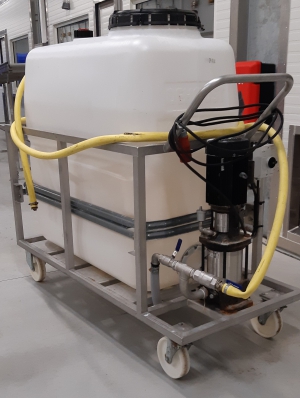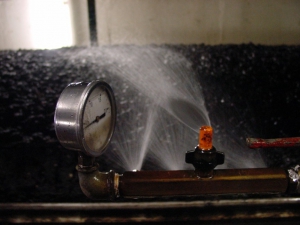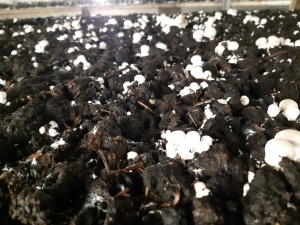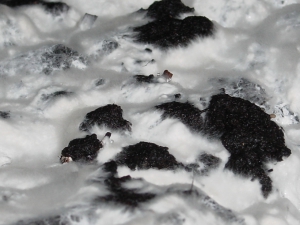
Akkie's Tuin
Heavy casing soil, causing problems
Jan 26,
2021
The last month several growers had problems with a too heavy casing soil. It is normal for this time of the year for casing soil…
Recipe for a new year, keep the buttons up
Dec 15,
2020
Recipe for a new year, keep the buttons up! March 2020. Everything looks good and I have got my pocket full of tickets. Flights all…
And they keep flying…
Nov 09,
2020
I am writing this blog on November 2. 2020. It is the warmest November day ever. The outside temperature today will hit 20° C.…
And now for something completely different
Sep 28,
2020
The corona crisis makes traveling for a consultant difficult, if not impossible. That is why the question asked by Marco Deckers came just in time.Henk,…
Mycogone: easy come, easy?
Aug 18,
2020
Mycogone or wet bubble is making its appearance again on many farms. Growers are looking for all different chemical solutions and are gearing up hygiene…
And then it's summer!
Jul 16,
2020
Europe is now at the time of the year summer will burst out. And every year the same growing problems occur at this time, getting…
Water, the ongoing discussion
Jun 03,
2020
If one wants to start a discussion with a grower (or with a consultant), start talking about watering.How much, when and what watering method.To make…
And on the 7th day
Apr 17,
2020
An appropriate title for a blog written on Easter Monday. Normally the 7th day is a day of rest. Good for people after a week…
High, higher, too high?
Mar 02,
2020
After the last water during the incubation in the casing soil, the grower wants the mycelium to grow onto the surface.To ensure a good recovery…

























